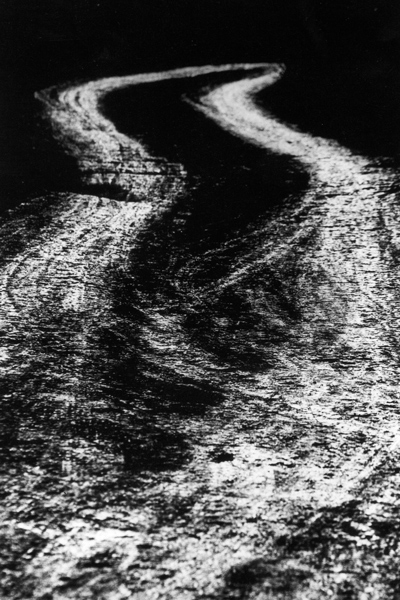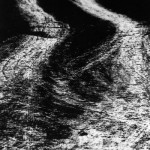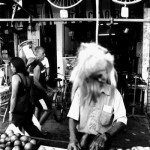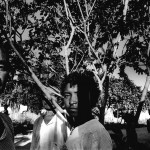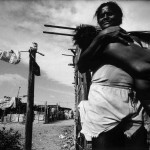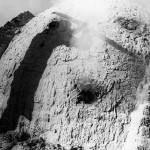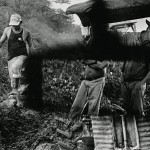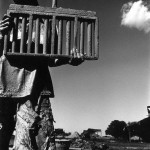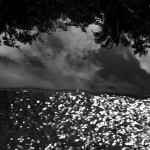The need for survival, curiosity about what exists in the world and the desire to conquer moved humanity through the sea, lands and forests. Since the exit of homo sapiens from Africa more than 100,000 years ago, humanity migrates, creating thus a geography of multiple faces and destinations.¹ Thus the Old World fused to the New World and the Americas.
The Amazon went that route of conquest from the great voyages, when Vicente Yáñez Pinzón discovered the Amazon River and the lands of the northern coast of Brazil, which he named Nuestra Señora de la Tierras y del Consolación Rostro Hermozo and Rio Grande de La Mar Dulce.² Since then, many lusted after these rich and exotic lands. Spanish, Portuguese, Dutch, French tried to extend their dominions.
And so, in Brazil’s recent history, men and women, moved by the military government promises to find abundant land, gold and opportunities, created a new front of conquest in this place, from major roads that cross the vast Amazon rainforest: the Belem-Brasilia and Transamazônica. These roads began to be built from the 50s, in order to colonize and occupy the Amazon. From north to south, east to west, totaling more than 6000 kilometers, forming a rugged and inaccurate mapping. And it is in this realm of waters where rivers have always been the real roads that thousands Brazilians live and work.
In this project, which has been developed since 1990, these men and women tell their stories materialized in pictures, written and oral memories, intertwined over this immense territory where dreams of luck pulse, in Northern Brazil.
Paula Sampaio
2005
References:
¹ FLORENTINO, Manolo; MACHADO, Cacilda 9Org.). Ensaios sobre a escravidão I. Belo Horizonte: Editora UFMG, 2003.
² TOCANTINS. Manaus, AM: Editora Valer: Edições Governo do Estado, 2000.
